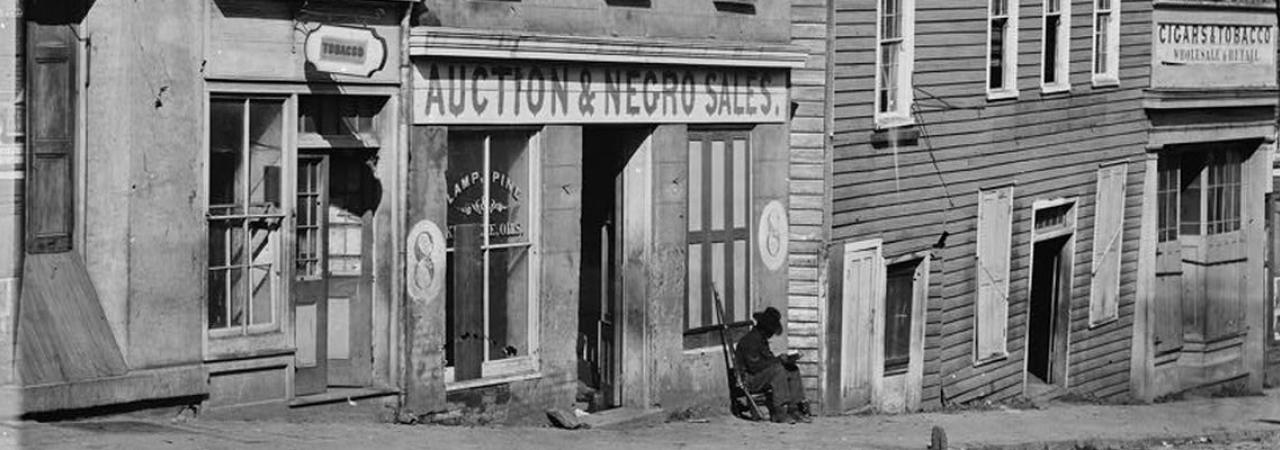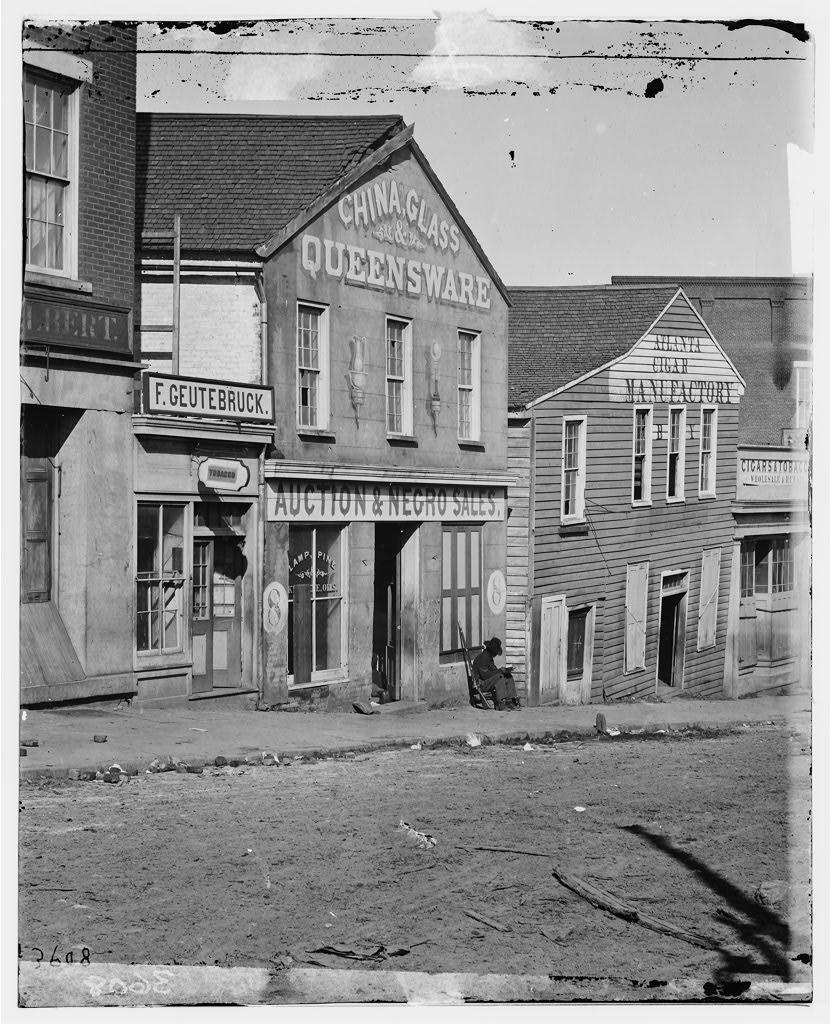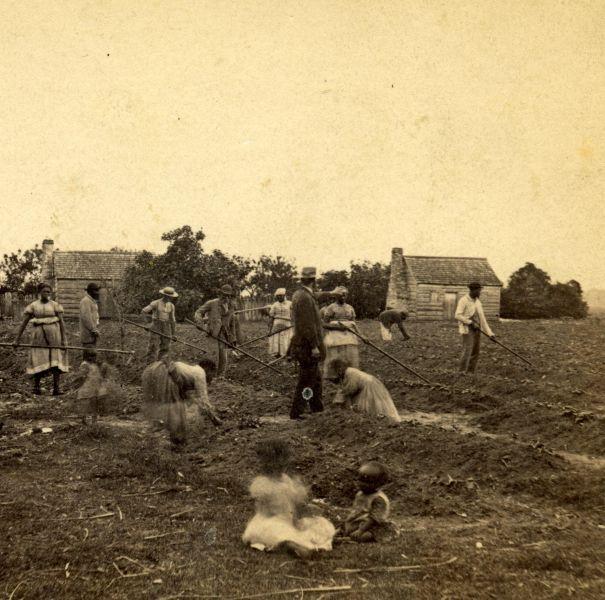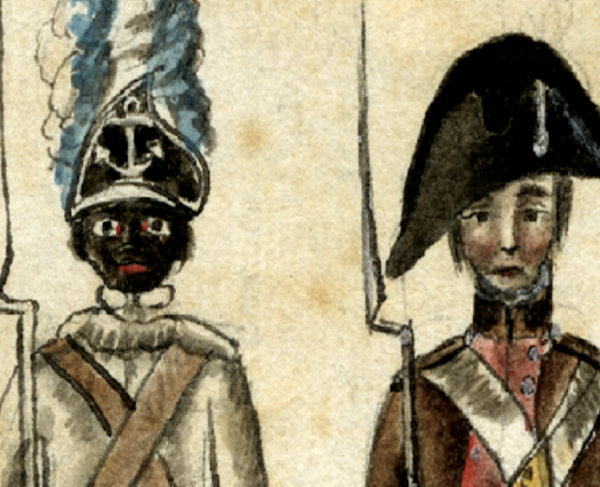
When Europeans first colonized the North American continent, the land was vast, the work was harsh, and there was a severe shortage of labor. White bond servants, paying their passage across the ocean from Europe through indentured labor, eased but did not solve the problem. Tensions between settlers and former indentured servants increased the pressure to find a new labor source. Early in the seventeenth century, a Dutch ship loaded with African slaves introduced a solution—and yet paradoxically a new problem—to the New World. Slaves proved to be economical on large farms where labor-intensive cash crops, such as tobacco, sugar and rice, could be grown.

By the end of the American Revolution, slavery became largely unprofitable in the North and was slowly dying out. Even in the South the institution was becoming less useful to farmers as tobacco prices fluctuated and began to drop. Due to the decline of the tobacco market in the 1760s and 1770s many farmers switched from producing tobacco to wheat, which required less labor leading to surplus of slaves. However, in 1793 northerner Eli Whitney invented the cotton gin; this device made it possible for textile mills to use the type of cotton most easily grown in the lower South. The invention of the cotton gin brought about a robust internal slave trade. As the lower South became more established in cotton production the region required more slave labor, which they received from upper South slaveowners looking to offload their surplus of slaves. In 1808, the United States banned the international slave trade (the importation of slaves), which only increased the demand for domestically traded slaves. In the upper South the most profitable cash crop was not was not an agricultural product but the sale of human lives. Although some southerners owned no slaves at all, by 1860 the South’s “peculiar institution” was inextricably tied to the region’s economy and society.
Torn between the economic benefits of slavery and the moral and constitutional issues it raised, white southerners grew more and more defensive of the institution. They argued that black people, like children, were incapable of caring for themselves and that slavery was a benevolent institution that kept them fed, clothed, and occupied, and exposed them to Christianity. Most northerners did not doubt that black people were inferior to whites, but they did doubt the benevolence of slavery. The voices of Northern abolitionists, such as Boston editor and publisher William Lloyd Garrison, became increasingly violent. Educated blacks such as escaped-slave Frederick Douglass wrote eloquent and heartfelt attacks on the institution and spoke on abolitionist circuits about their experience enslaved.
Anti-slavery proponents organized the Underground Railroad to help slaves escape north to freedom. Although fictionalized, Harriet Beecher Stowe’s 1852 immensely popular novel Uncle Tom’s Cabin opened northerner’s eyes to some of the horrors of slavery and refuted the southern myth that blacks were happy as slaves.
In reality, treatment of slaves ranged from mild and paternalistic to cruel and sadistic. Husbands, wives, and children were frequently sold away from one another and punishment by whipping was not unusual. In 1857 the United States Supreme Court in the decision Dred Scott v. Sandford ruled that all blacks, whether free or enslaved, lacked the rights to citizenship and thus could not sue in federal court. The Supreme Court took their decision a step further by deeming that Congress had in fact exceeded its authority in the earlier Missouri Compromise because it had no power to forbid or abolish slavery in the territories. The Supreme Court also ruled that popular sovereignty, where new territories could vote on entering the union as a free or slave state, lacked constitutional legitimacy. Thus, slaves had no legal means of protesting their treatment. Due to the Dred Scott decision, John Brown’s raid on Harper’s Ferry, and other earlier slave uprisings, Southerners feared servile insurrection above all else but this was rare. Instead as a form of resistance slaves would pretend illness, organize slowdowns, sabotage farm machinery, and sometimes commit arson or murder. Running away for short periods of time was common.

The outbreak of the Civil War forever changed the future of the American nation and perhaps most notably the future of Americans held in bondage. The war began as a struggle to preserve the Union, not a struggle to free the slaves but as the war dragged on it became increasingly clear to President Abraham Lincoln the best way to force the seceded states into submission was to undermine their labor supply and economic engine which was sustaining the south—slavery. Many slaves escaped to the North in the early years of the war, and several Union generals established contraband policies in the southern land that they conquered. Congress passed laws permitting the seizure of slaves from rebellious southerners as the rules of war allow for the seizure of property and the United States considered slaves property. On September 22, 1862, following the strategic Union victory at Antietam, President Abraham Lincoln presented the Preliminary Emancipation Proclamation.
This document decreed that, by the power of the United States armed forces, all slaves in states that were still in rebellion one hundred days after January 1, 1863 would be "thenceforward and forever free." Furthermore, Lincoln established an institution through which free blacks could join the U.S. Army, an unprecedented level of integration at that time. The United States Colored Troops (USCT) served on many battlefields, won numerous Medals of Honor, and ensured eventual Union victory in the war.
On December 6, 1865, eight months after the end of the Civil War, the United States adopted the 13th Amendment to the Constitution, which outlawed the practice of slavery.
Sources
- Patricia L. Faust, ed., Historical Times Illustrated Encyclopedia of the Civil War, (Harper Perennial, 1991)
- John S. Bowman, ed., Encyclopedia of the Civil War, (Dorset Press, 1992)
- Bruce Catton, The American Heritage Picture History of the Civil War, (Bonanza Books, 1982).
Further Reading
- Many Thousands Gone: The First Two Centuries of Slavery in North America By: Ira Berlin.
- Closer to Freedom: Enslaved Women and Everyday Resistance in the Plantation South By: Stephanie M. H. Camp.
- Nothing But Freedom: Emancipation and Its Legacy By: Eric Foner.
- Soul by Soul: Life Inside the Antebellum Slave Market By: Walter Johnson.
- Battle Cry of Freedom: The Civil War Era By: James M. McPherson.
- Slavery: A World History By: Milton Meltzer.
- The Slaves Cause: A History of Abolition By: Manisha Sinha.


